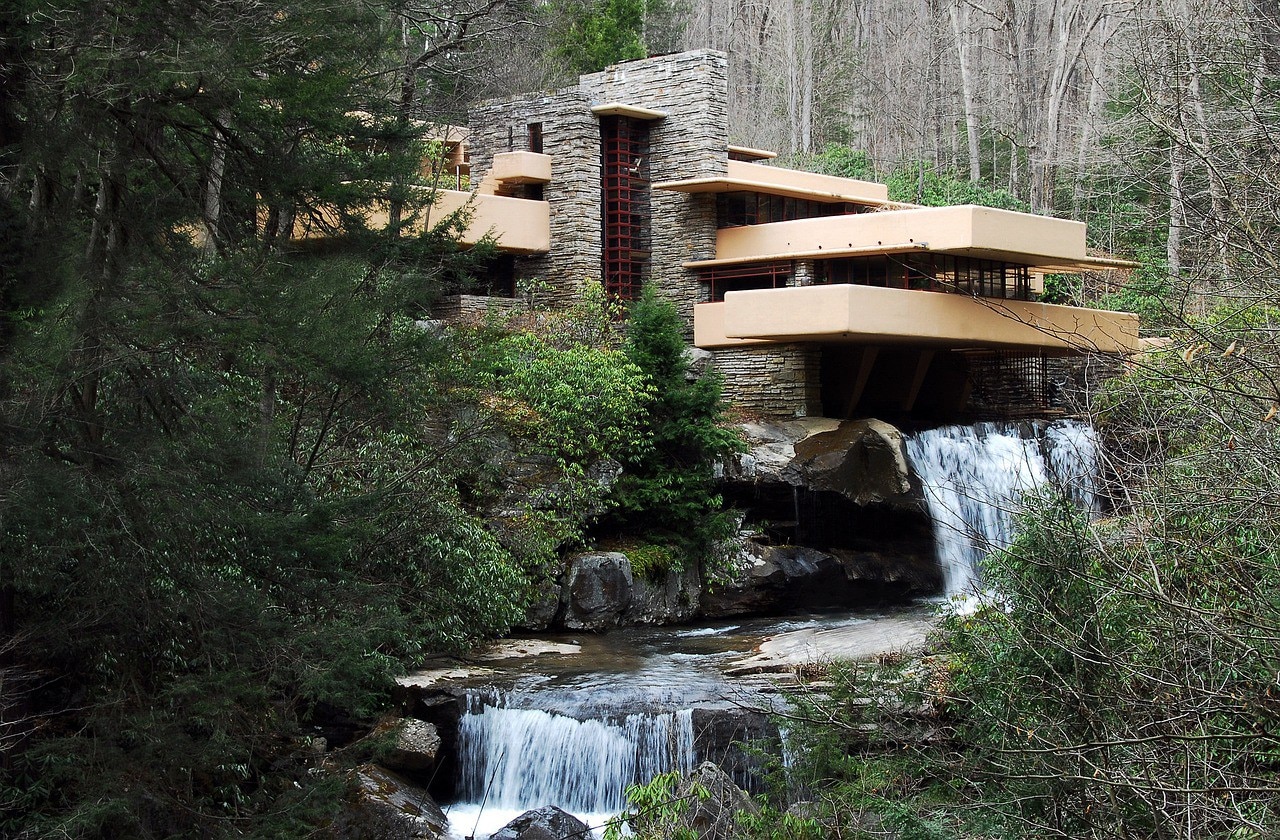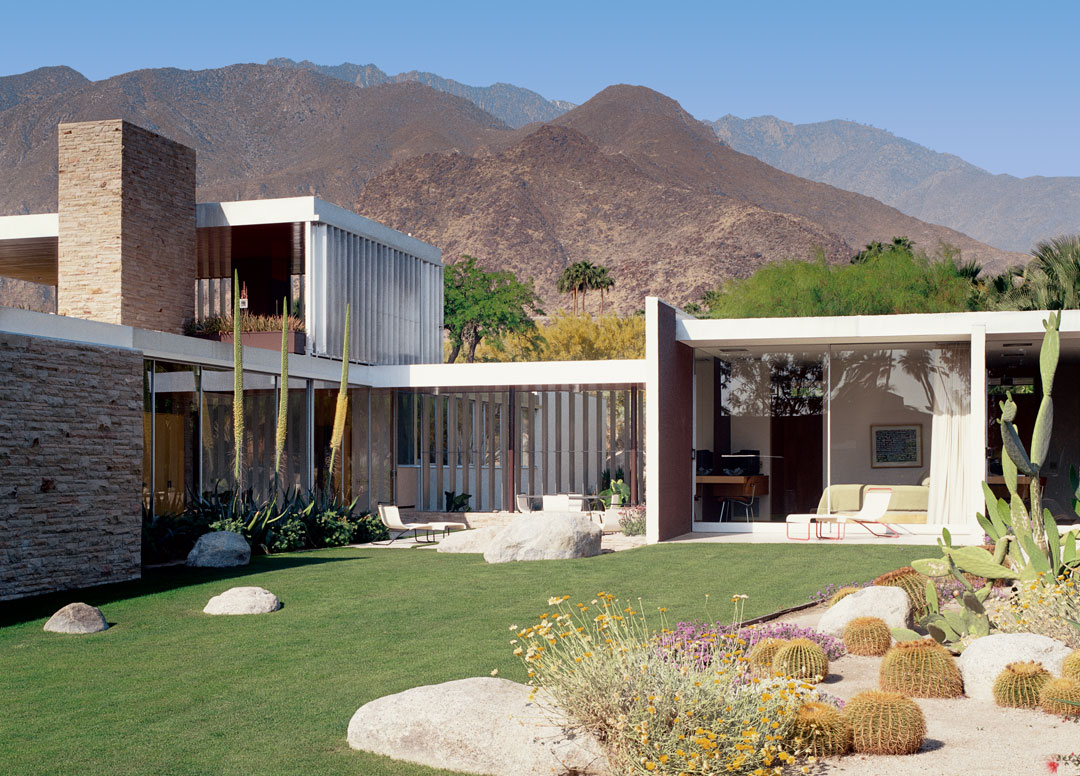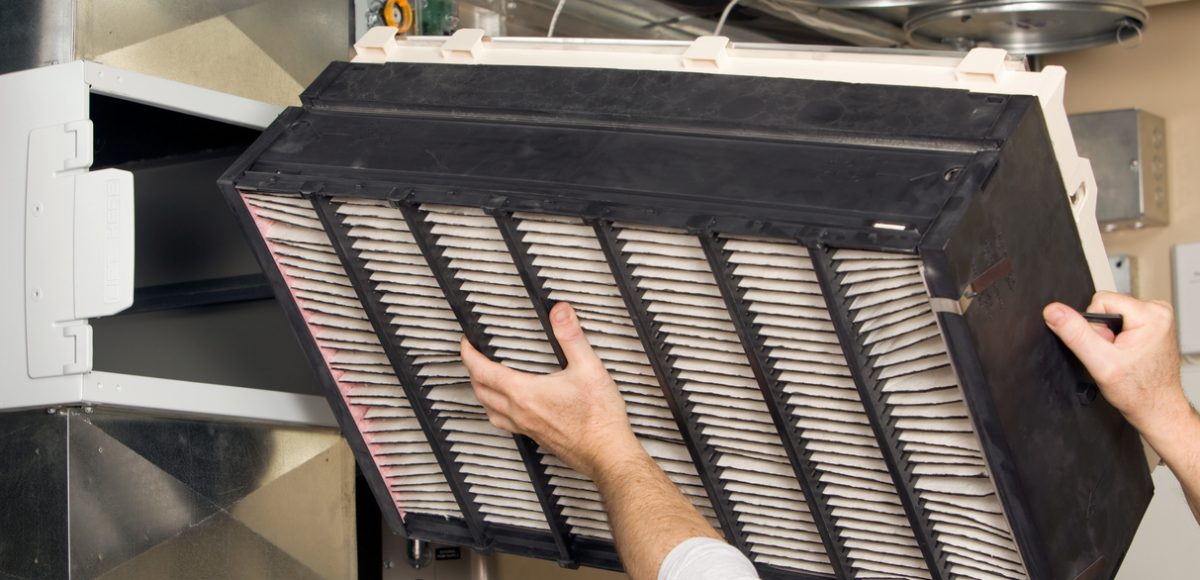Table Of Content

Residents of Palo Verde, Bishop, and La Loma understandably distrusted the scheme, and not just on architectural grounds. Racial restrictions had barred them from living in most other neighborhoods, and there was no guarantee that they would find a place in Neutra’s concrete utopia. Schindler houses are active forms, propelling the visitor from one room to another. If you are invited inside the Walker House, you immediately glimpse the reservoir over a dividing wall, and that tease of a view pulls you in deeper.
For a Cool $25 Million, You Can Buy Richard Neutra’s Most Famous Palm Springs Home
In addition, they incorporated a discrete heating, air conditioning and ventilation system, and a new pavilion at the pool, known as the Harris Poll House. Richard Neutra built a building in which the horizontal planes of the decks seem to float on transparent glass walls, giving the whole an overall look of lightness. Beside the house, in a somewhat lower level, a swimming pool reflects its structure. The variety of spaces, ranging from enclosed to semi-enclosed to open, transcends any traditional distinction between indoors and outdoors in favor of a continuous, human-made environment.
A Landmark Modernist House Heads to Auction
The walls were cast in horizontal molds and then tilted toward the vertical—a technique that Schindler had adopted from Gill. Vertical slits and clerestory windows admit light; Japanese-style canvas doors open onto patios. It is now open to the public as an exhibition space, as is the Neutra VDL House.
Architectural Design
In Southern California, a select group of homes are so iconic that their names are more recognizable than the stars who inhabit them. Frank Lloyd Wright’s Home and Studio were the breeding grounds for a new modern American Architecture. Many ideas that shaped the profession came from this tiny home and studio on the outskirts of Chicago.

Along its eastern side, the walkway widens into an outdoor terrace between the living area and the guest rooms. Neutra created another outdoor seating area by placing a lookout pavilion above the living area of the otherwise one-story building. The pavilion’s western and northern sides are lined with the same aluminum louvers as used below, while the other two sides are left open.
Chris Pratt, Katherine Schwarzenegger could’ve given Craig Ellwood teardown ‘some honor,’ architect’s daughter says
Victims: 15 years in prison not enough for architect of Kaufman House terror • Kansas Reflector - Kansas Reflector
Victims: 15 years in prison not enough for architect of Kaufman House terror • Kansas Reflector.
Posted: Thu, 23 Jul 2020 07:00:00 GMT [source]
For Neutra, however, the house also symbolized a universal type of dwelling for difficult-to-settle environments. After seeing Wright’s Taliesin West, Kaufmann was unimpressed and gave his commission to Richard Neutra. Unlike Taliesin West, which implemented more earthy tones and materials, Neutra employed a more modernist and international style approach using glass, steel, and some stone in the design. Neutra did not abandon his city-shaping aspirations in later years, but his work tended to lose focus whenever it moved to a larger scale. He and Alexander collaborated on the Los Angeles County Hall of Records, a dour structure on Temple Street. The Orange County Courthouse, in Santa Ana, cuts a crisper profile, not least because of the Neutra lettering on its tower.
Five Things You Should Know About the Kaufmann Desert House
A Midwestern boy at heart, he was raised in St. Louis and studied journalism at the University of Missouri. Before joining The Times as an intern in 2017, he wrote for the Columbia Missourian and Politico Europe. Set on more than two acres, the home dates back to 1946, when it was commissioned by department store tycoon Edgar J. Kaufmann — the same man who commissioned Frank Lloyd Wright to build the dazzling Fallingwater in rural Pennsylvania. There is no way to tell Neutra’s story without telling Schindler’s, and vice versa.
Later in his career, Richard Neutra designed a series of elegant pavilion-style homes composed of layered horizontal planes. With extensive porches and patios, the homes appeared to merge with the surrounding landscape. The Kaufmann Desert House (1946 to 1947) and the Tremaine House (1947 to 48) are important examples of Neutra's pavilion houses. Above all, Neutra has inspired lasting devotion in the people who have made his homes their own.
Photographer Brad Walls Snaps Kaufmann House Swimming Pool - Palm Springs Life
Photographer Brad Walls Snaps Kaufmann House Swimming Pool.
Posted: Mon, 31 Oct 2022 07:00:00 GMT [source]
Kaufmann Desert House
Fusing glass, steel, and stone, "it is an architectural marvel that helped define the modernist aesthetic," says Gerard Bisignano, partner at Vista Sotheby’s International Realty, who is handling the sale of the 3,162-square-foot home. Edgar J. Kaufmann Sr. (1885–1955) and Liliane Kaufmann (1889–1952), Neutra’s clients, had been patrons of modern art and architecture for many years, mainly in the Midwest, where they owned a department store in Pittsburgh. Until they commissioned the Desert House, the Kaufmanns had been loyal patrons of Frank Lloyd Wright, who had designed an office for E. Kaufmann inside the department store (now at the Victoria and Albert Museum in London) and Fallingwater near Mill Run, Pennsylvania, both completed in 1937.
Consider the second-story, open-air gloriette—a French word translating to "little glory"—where views of the San Jacinto Mountains are particularly heady. Multiple levels were forbidden when Neutra was building the Desert Kaufmann House, but the gloriette, reached via an outdoor staircase, is a clever workaround—just one of Neutra’s subtle innovations. When Kaufmann passed away in 1955, the Desert House cycled through several different owners, including Barry Manilow, and significant design changes were implemented to make the Desert House more comfortable for year-round living. Square footage expanded, the courtyard was covered, and air conditioning was added to the roof—but as a consequence of those "improvements," the house began to crumble and lose its soul. The result is a striking, sculptural layout resembling a pinwheel with various wings radiating from the central living and dining room.

The design and construction of the Kaufmann Desert House fall at an exciting point in American history. The war moratoriums were slowly lifted as World War II ended, but relatively strict building regulations remained enforced. However, Neutra was able to find his way around the restrictions by breaking ground on the foundation a few days before the official enforcement. The project resulted in a total cost of nearly $300,000, surpassing the current single-family residence average of $40,000. Twenty-five million dollars is certainly a hefty price tag, but then again, the buyer is stepping back into the past, into a profound moment of architectural history.
Albert Frey, patron of Le Corbusier, had built his house here in 1940 and in 1937 completed the tiny House of Millar Neutra. Homes designed by Richard Neutra combined Bauhaus modernism with Southern California building traditions, creating a unique adaptation that became known as Desert Modernism. Neutra's houses were dramatic, flat-surfaced industrialized-looking buildings placed into a carefully arranged landscape. Constructed with steel, glass, and reinforced concrete, they were typically finished in stucco. As you approach the house from the south, you walk through two piles of desert boulders toward a site gate. A handsome southwestern profile composed of vertical stone walls and floating metal planes sits just beyond.
Without the original plans for the house, the Harrises dug through the Neutra archives at the University of California, Los Angeles, looking at hundreds of Neutra’s sketches of details for the house. They persuaded Mr. Shulman to let them examine dozens of never-printed photographs of the home’s interior, and found other documents in the architectural collections at Columbia University. In 1992 Beth Harris, an architectural tourist of a sort, scaled a fence one afternoon to peek at the famous house while her husband discovered a for-sale sign in an overgrown hedge. But Dr. Harris, who worked toward her doctorate in architectural history while restoring the Kaufmann House, said she believed an auction would further the preservationist cause.
With such attention to detail, the houses return to the pristine condition in which Shulman photographed them. Neutra directed the shoots with an exactitude worthy of the Austrian filmmaker Josef von Sternberg (for whom he built a now vanished modernist villa). Because the landscaping had usually not yet grown in, Neutra would arrive in a car stuffed with freshly cut vegetation, which he distributed around the exterior. Neutra was seeking an effective advertisement for an architectural philosophy that could not, in fact, be captured on film, because ultimately it had to do with a state of mind. The possibility surfaced in the thirties and forties, as California politics swung to the left and the Los Angeles City Housing Authority initiated an ambitious schedule of projects.

No comments:
Post a Comment